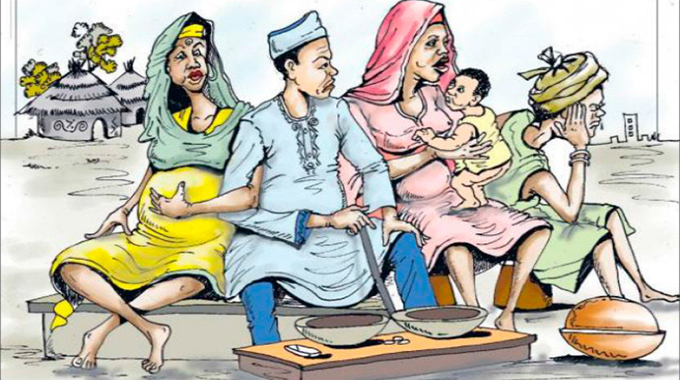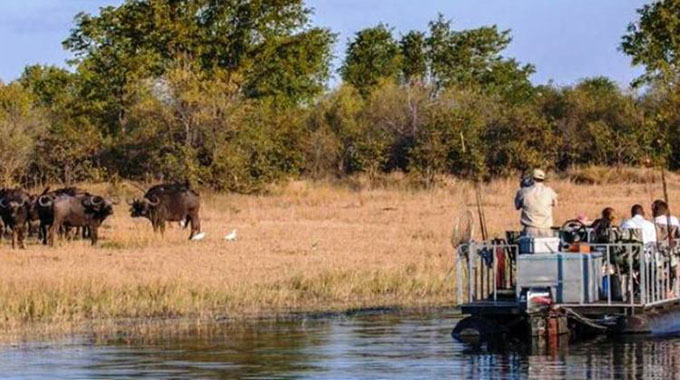Sun sets on Mutorashanga
cheered and commented.
Men would be proud of their wives if they beat others at the dance and there was one called Zikalenga, who boasted about his wife’s dancing skills and, of course, her shape.
“Look at that dance. She is good. It is explicit and she is beating all the other women, she really knows her pace and how to wriggle her waist,” was a common comment.
Zikalenga used to drink beer with his wife’s name. She was his beerhall talk.
The year was 1984. At the foot of the horseshoe-shaped lush-green mountain range lay a teeming town bustling with life — Mutorashanga.
Small but smart red-bricked and corrugated iron sheeted houses formed the residences of the majority of mineworkers.
Managers distinguished themselves by occupying huge white houses roofed with black tiles.
Miners were cruelly and systematically disembowelling the mountain range’s belly in search of chrome ore.
On the mountain side, deep linear trenches and huge mounds of fresh and whitish overburden were the impressive evidence of the mining operations.
These were served by a network of rails on which trolleys loaded with ore, glided, rose and fell, twisted and turned on their way to the noisy mill.
The small rail network was the vein that gave lifeblood to the mills that chuckled, cranked and roared day and night, intermittently spitting chrome.
The trolleys were aided by rumbling tipper vehicles that criss-crossed the length and breath of the valley below to load and offload chrome ore.
At sunset it was common to see a ghostly figure of a visibly tired miner walking back home.
He would be clad in a helmet with a sentry-post forehead light, overalls and dragging his feet in knee-high gumboots.
Slowly and tentatively he would make his way home for a well-deserved rest.
Sundays were offdays and that is when life really ticked for every resident, young or old.
The fun started on Saturday night with the showing of films on the legendary karate exponents Bruce Lee and Jackie Chan.
These were screened from a projector on the communal screen made of two iron sheets painted white to ensure good picture quality.
“All those things are no more my friend. Mudhara Danger passed on long back. So did Mavhuto.
“You remember Mavhuto, that brother of mine who used to play cat and mouse with the police? Yes, he is gone.
“There is no longer that football team that was in Division Two. All that is left is a bit of Nyau dancing.
“Since ZimAlloys closed down and Zimbabwe Iron and Smelting Company scaled down operations, we tried co-operatives but the marketing is our main problem.
“Things have changed, you see I am also an old man myself now,” said Takemore Danger, one of my 1984 acquaintances.
Mtorashanga is now a ghost town, far more detached from its vibrant past, where life ticked. There is no longer anything to show for it.
Most of the infrastructure including chrome mills are now mere rubble and debris after being vandalised.
The houses that remain are either without doors and windows or both.
Vanad Mine and 20B, the most vibrant settlements those days, are now nothing but ghosts of the past.
The roads are now full of potholes and life seems to be at a standstill, save for a few former workers with nothing to do.
Vanad is a village located about 12km north of Mutorashanga.
It was the epicentre of activity but there is nothing remaining. Even the formerly beautiful school is now in shambles.
The village started as a residential settlement for the Vanad chromite mine.
According to the 1982 population census, the village had a population of 2 565.
In the 1980s it was established for the workers on a nearby mine, which collapsed a few years later after a large volume of water killed many workers.
Number 20B was the more central settlement but a bus service used to connect the two. This particular settlement is no more. It is now fields of maize and groundnuts. Maybe with hope of another investment, Mutorashanga will rise again and regain its lustre.









Comments